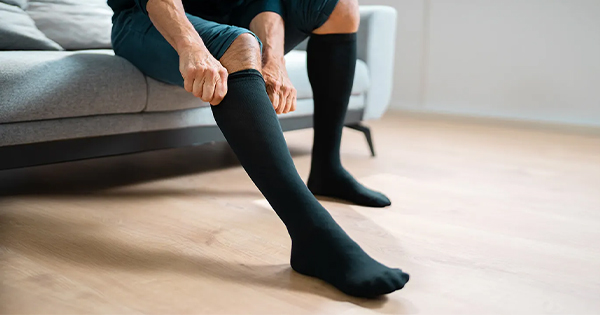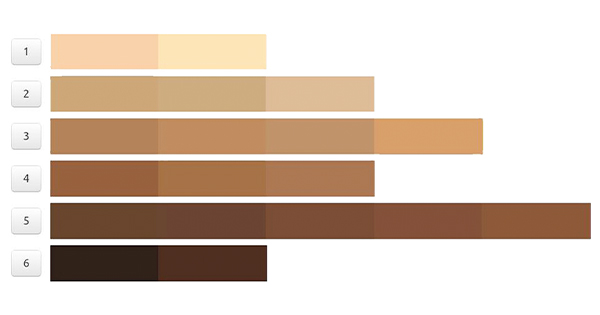Background: Compression is generally considered to be the standard therapy for the treatment of venous leg ulcers. It controls oedema and supports venous blood flow to the heart.
Aims: This article presents results from three studies comparing a new two-layer compression system with several other established systems in order to evaluate the efficacy of the compression forces exerted.
Methods: Data from three studies, in which measurements were taken from 744 compression bandages applied to artificial legs equipped with pressure transducers are examined in this article.
Results: The results are compared with theoretical compression forces calculated by a modified Laplace’s law equation which predicts graduated compression ranging from 27– 72mmHg at the ankle, tapering to 18–8mmHg below the knee. However, the results of the studies show that calculations using this equation do not reliably predict actual measured sub-bandage pressures.
Conclusions: The widespread belief that compression bandages provide graduated pressure from 40mmHg at the ankle to 17mmHg below the knee is based solely on theoretical mathematical equations and is not supported by the results of experimental studies.
Conflict of interests: Both authors are employed by the 3M Company in Germany and were involved in the development of the 3M™ Coban™ 2 Layer Compression System. All bandages that are not marketed by 3M, were applied by invited experts who routinely apply these bandages.




